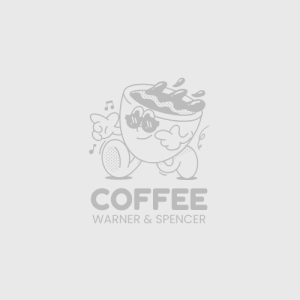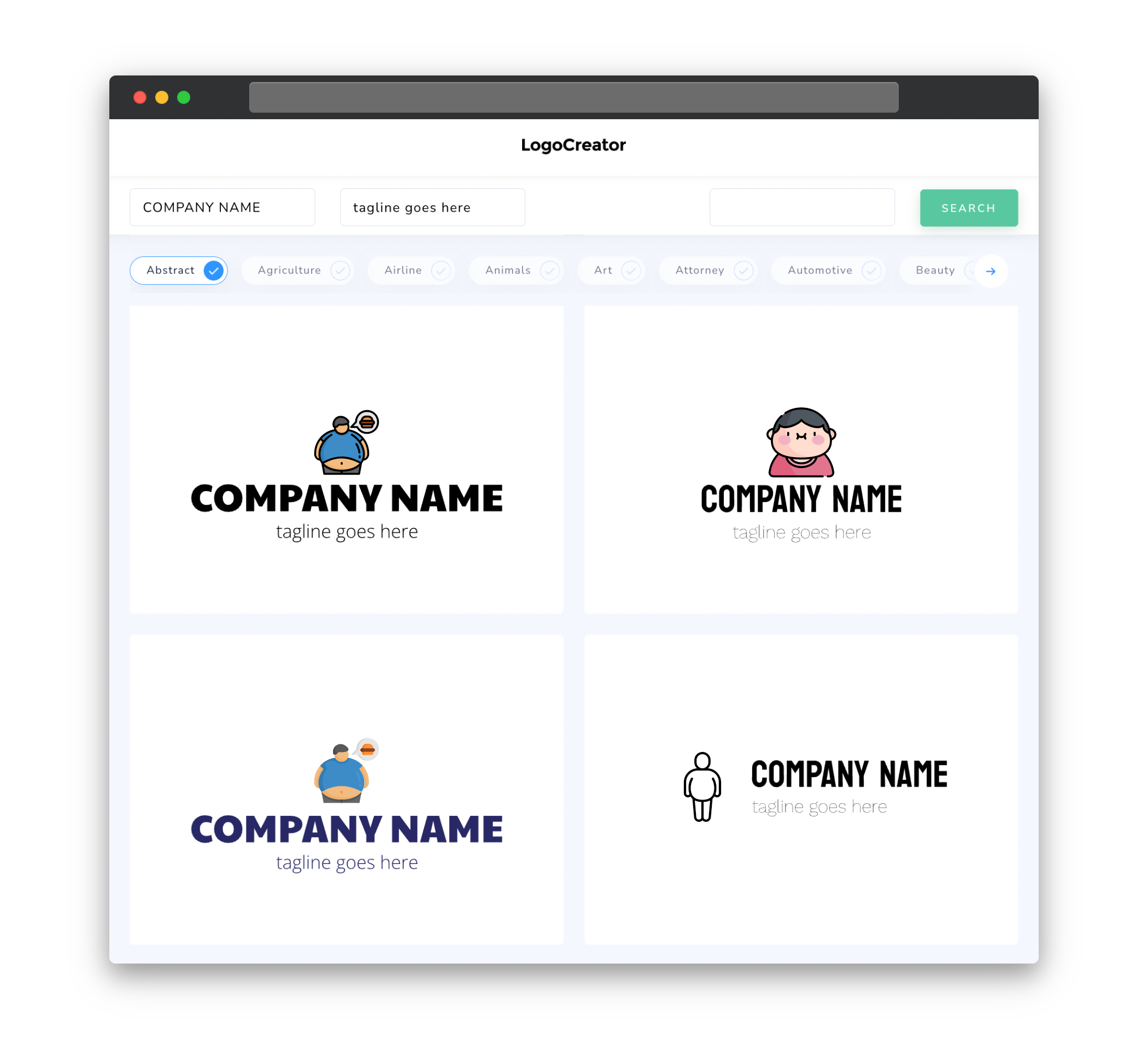Audience
When it comes to designing a logo for your obesity-related business or organization, it’s essential to understand your target audience. Your audience will likely include individuals struggling with weight issues, healthcare professionals, fitness enthusiasts, and those interested in promoting a healthy lifestyle. Designing a logo that resonates with this diverse group requires careful consideration of their needs, aspirations, and values. By understanding your audience’s desires and motivations, you can create a logo that effectively communicates your message and connects with your target market.
Icons
Choosing the right icons for your obesity logo can significantly impact your brand’s identity and message. Icons can be used to represent various aspects related to obesity, such as weight loss, nutrition, exercise, and overall well-being. Consider using icons that are easily recognizable and associated with a healthy lifestyle. For example, incorporating images of fruits and vegetables, measuring tapes, dumbbells, or running shoes can convey messages of health, fitness, and weight management. The key is to select icons that align with your brand’s values and effectively communicate your mission.
Color
Color plays a crucial role in logo design, as it helps evoke certain emotions and creates an immediate impression. When crafting a logo for obesity-related businesses, consider using colors that convey positivity, motivation, and health. Shades of green, symbolizing balance and growth, can be ideal to represent wellness and vitality. Blue, often associated with stability and trustworthiness, conveys a sense of reliability and professionalism. Additionally, lighter shades of blue can create a calming effect, which may be beneficial for those seeking assistance with weight management. Ultimately, the choice of color should reflect your brand’s unique identity and appeal to your target audience.
Fonts
The choice of fonts in your obesity logo can greatly impact its overall look and feel. When selecting a font, consider your brand’s personality and the message you want to convey. Opt for fonts that are clean, modern, and easily readable. Sans-serif fonts tend to work well for logos associated with health and wellness due to their clean lines and contemporary feel. Additionally, avoid using too many different fonts in your logo, as it can create a cluttered and confusing visual experience. Ultimately, the font you choose should align with your brand’s values and effectively communicate your intended message.
Layout
The layout of your obesity logo should be carefully designed to ensure clarity and visual balance. Consider balancing the different elements of your logo, such as icons, text, and colors, to create a harmonious composition. A balanced layout helps convey professionalism and stability, while also making your logo visually appealing. Experiment with different arrangements and proportions to find the most visually pleasing layout for your logo. Remember to keep it simple and uncluttered, allowing your logo to communicate its message clearly and effectively.
Usage
To effectively utilize your obesity logo, ensure its versatility across different mediums and platforms. Your logo will be used on various materials such as business cards, websites, promotional materials, and social media profiles. Make sure your logo is scalable and looks equally impactful whether it’s displayed as a small icon or a large banner. Additionally, consider creating different versions of your logo, such as horizontal and vertical orientations, to accommodate different design requirements. By ensuring the flexibility and adaptability of your logo, you can maintain a consistent brand image across all channels and touchpoints.



